Michael De Luca on light placement
hatman52
16 years ago
Related Stories
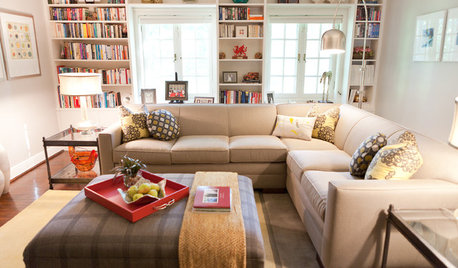
LIVING ROOMSRoom of the Day: Sink Into This Cozy Upstairs Lounge
Cushy furniture, great reading light and dashes of color make this sitting room a couple’s favorite hangout
Full Story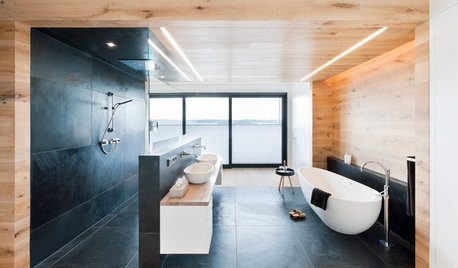
BATHROOM DESIGNDream Spaces: Spa-Worthy Showers to Refresh the Senses
In these fantasy baths, open designs let in natural light and views, and intriguing materials create drama
Full Story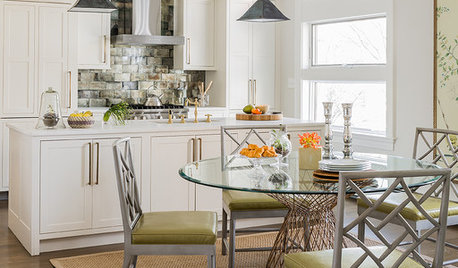
KITCHEN DESIGNKitchen of the Week: Chinoiserie Chic in New England
Sumptuous hand-painted wallpaper stands out in a Massachusetts eat-in kitchen, thanks to light and bright supporting players
Full Story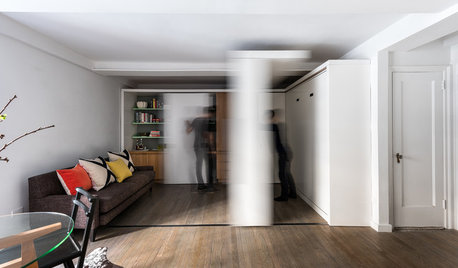
HOUZZ TOURSHouzz Tour: Watch a Sliding Wall Turn a Living Space Into 5 Rooms
A clever custom storage piece transforms this New York City microstudio into multiple living spaces
Full Story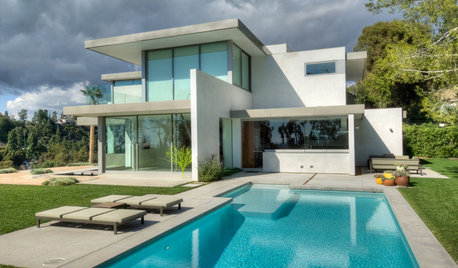
REMODELING GUIDESArchitectural Images: Truth or Fiction?
Technology draws an ever-fainter line between photo and rendering. Can you tell the difference in these 17 images?
Full Story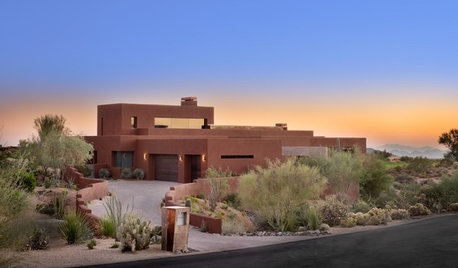
MODERN HOMESHouzz Tour: Desert Home Blurs Every Line Between Indoors and Out
Expansive windows, oversize doors, skylights, a covered patio, an atrium and a roof deck make the most of beautiful surroundings
Full Story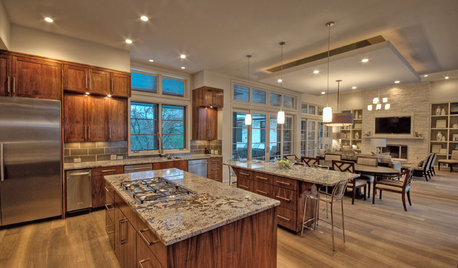
KITCHEN DESIGN7 Strategies for a Well-Designed Kitchen
Get a kitchen that fits your lifestyle and your design tastes with these guidelines from an architect
Full Story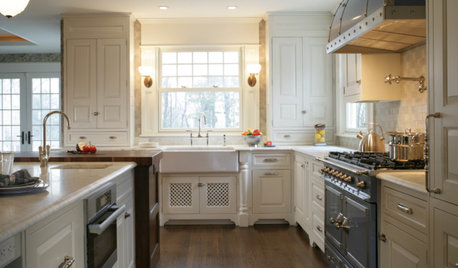
KITCHEN DESIGNKitchen of the Week: History Lives in a Greek Revival
Honoring its 1900s roots, this New Jersey kitchen reflects the past while working beautifully in the present
Full Story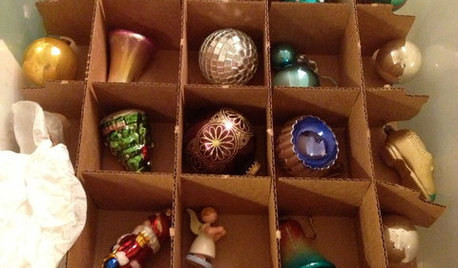
HOLIDAYSChristmas Cleanup Tips for the Not Naturally Organized
Dreading the postholiday chores? First let yourself unwind. Then grab some boxes, a few supplies and this easy guide
Full Story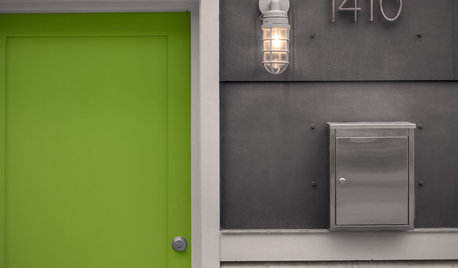
DECORATING GUIDESFeng Shui Basics for a Happy Home
Get the good energy flowing at home for a clearer mind — and maybe even a healthier and more prosperous life
Full Story





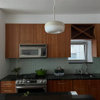

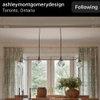
Jon1270
hatman52Original Author
Related Professionals
San Francisco Lighting · Simpsonville Furniture & Accessories · Toledo Furniture & Accessories · Wichita Furniture & Accessories · Discovery Bay Furniture & Accessories · Fallbrook Furniture & Accessories · Norwalk Furniture & Accessories · Arkansas Interior Designers & Decorators · Clinton Township Interior Designers & Decorators · Van Wert Interior Designers & Decorators · Albemarle Decks, Patios & Outdoor Enclosures · Grandview Decks, Patios & Outdoor Enclosures · Honolulu Decks, Patios & Outdoor Enclosures · Los Alamitos Decks, Patios & Outdoor Enclosures · Natick Decks, Patios & Outdoor Enclosures